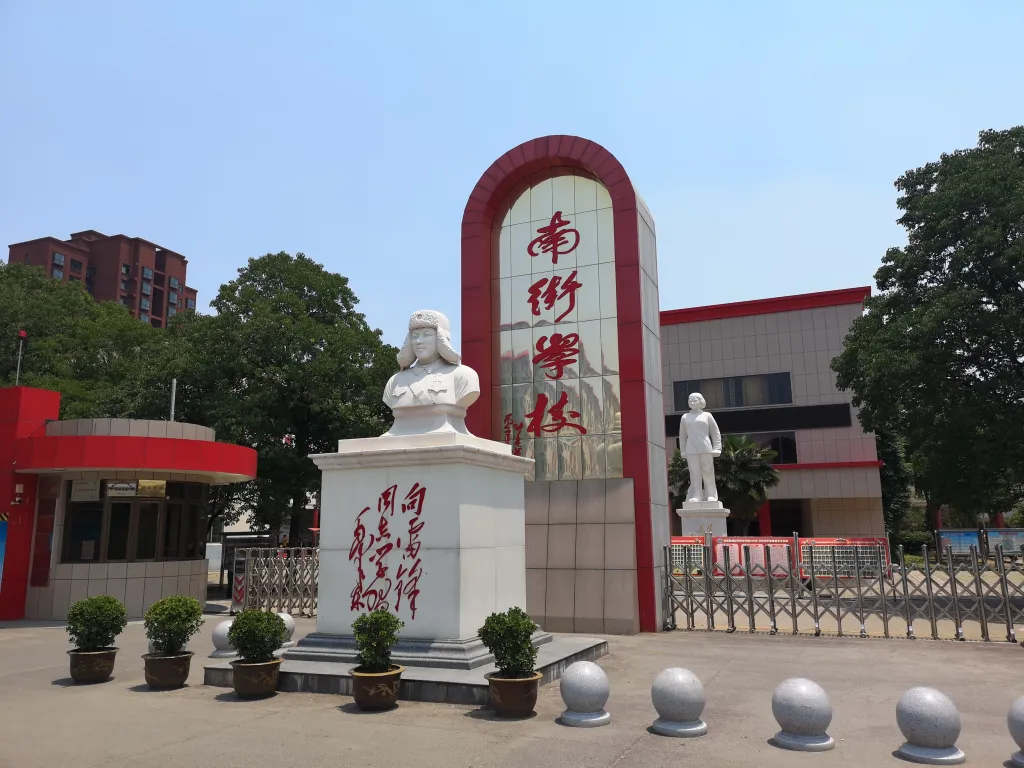Amid China’s rapid march toward modernization and market-driven reforms, a small village in Henan Province stands as a living monument to Maoist ideals. Nanjiecun, often described as the last true Maoist village, defies the trends of privatization and capitalist influence that have reshaped much of the country.
Its history, political relevance, and enduring commitment to collectivism make it a shining beacon for the left wing of the Communist Party of China (CPC) and the broader Chinese New Left movement
A Revolutionary History
Nanjiecun’s roots in Maoist collectivism date back to the early days of the People’s Republic of China. In the 1950s, the village embraced collectivization, pooling land and resources under the guidance of the CPC. Unlike other parts of China that shifted toward the household responsibility system during the 1980s, Nanjiecun doubled down on its commitment to collective ownership and egalitarian principles.
While the rest of China pursued Deng Xiaoping’s reforms and the mantra of “socialism with Chinese characteristics,” Nanjiecun retained its allegiance to Mao Zedong Thought. The village’s leaders argued that true socialism required collective effort and the rejection of individualism, values they believed were being eroded elsewhere.
A Model of Collectivism
Today, Nanjiecun operates as a collective economy, with land, factories, and housing owned by the community. Residents receive free housing, healthcare, and education, as well as a monthly stipend. The village’s industries, ranging from food production to printing, are collectively managed, with profits reinvested into public welfare.
Walking through Nanjiecun feels like stepping into a time capsule of the Maoist era. Loudspeakers play revolutionary songs, statues of Mao dominate public spaces, and murals extolling socialist values line the streets. For its residents, this is not mere nostalgia—it is a way of life that embodies their commitment to equality and shared prosperity.
A Political Statement
Nanjiecun’s significance extends far beyond its borders. It serves as a symbol of resistance to the unbridled capitalism that has taken root in many parts of China. For the left wing of the CPC and the Chinese New Left, the village represents an alternative path—one that prioritizes collective well-being over individual wealth.
The Chinese New Left, a loose coalition of intellectuals, students, and party members, has drawn inspiration from Nanjiecun in its critique of neoliberalism (link) and market reforms. They argue that the village demonstrates the viability of socialist principles in a modern context and serves as a counterpoint to the widening income inequality seen in urban centers like Shanghai and Shenzhen.
Click to read about communism in Nepal.
Criticism and Resilience
Critics of Nanjiecun often point to its reliance on external subsidies and question the sustainability of its model. Some argue that the village is an anomaly, propped up by government support and nostalgia for a bygone era.
But these critiques miss the point. Nanjiecun is not an isolated experiment; it is a deliberate political statement. Its leaders have acknowledged the challenges of maintaining a collective economy in a market-driven world but argue that their success lies in their ability to adapt without compromising their core principles.
The village has also weathered its share of controversies, including allegations of mismanagement and corruption. Yet, it has emerged resilient, largely because of the unwavering support of its residents and the ideological backing it receives from segments of the CPC.
The Global Relevance of Nanjiecun
In a world increasingly divided by wealth and inequality, Nanjiecun’s model of collectivism has sparked interest far beyond China’s borders. Scholars, activists, and left-wing politicians from around the globe have visited the village to study its unique approach to governance and economics.
While its critics may dismiss it as a relic of the past, Nanjiecun’s enduring relevance suggests otherwise. It serves as a powerful counter-narrative to the neoliberal consensus, reminding us that alternative models of development are not only possible but necessary.
Conclusion: The Spirit of Mao Lives On
Nanjiecun is more than just a village—it is a symbol of hope for those who believe in the principles of socialism and collectivism. Its history, resilience, and political significance make it a beacon for the left wing of the CPC and a source of inspiration for the global left.
In a rapidly changing world, Nanjiecun reminds us that the ideals of equality, solidarity, and shared prosperity are not relics of the past but aspirations for the future. Maoism lives on in Nanjiecun, not as a static ideology but as a dynamic and evolving force, proving that the spirit of revolution can endure.

